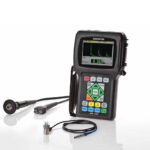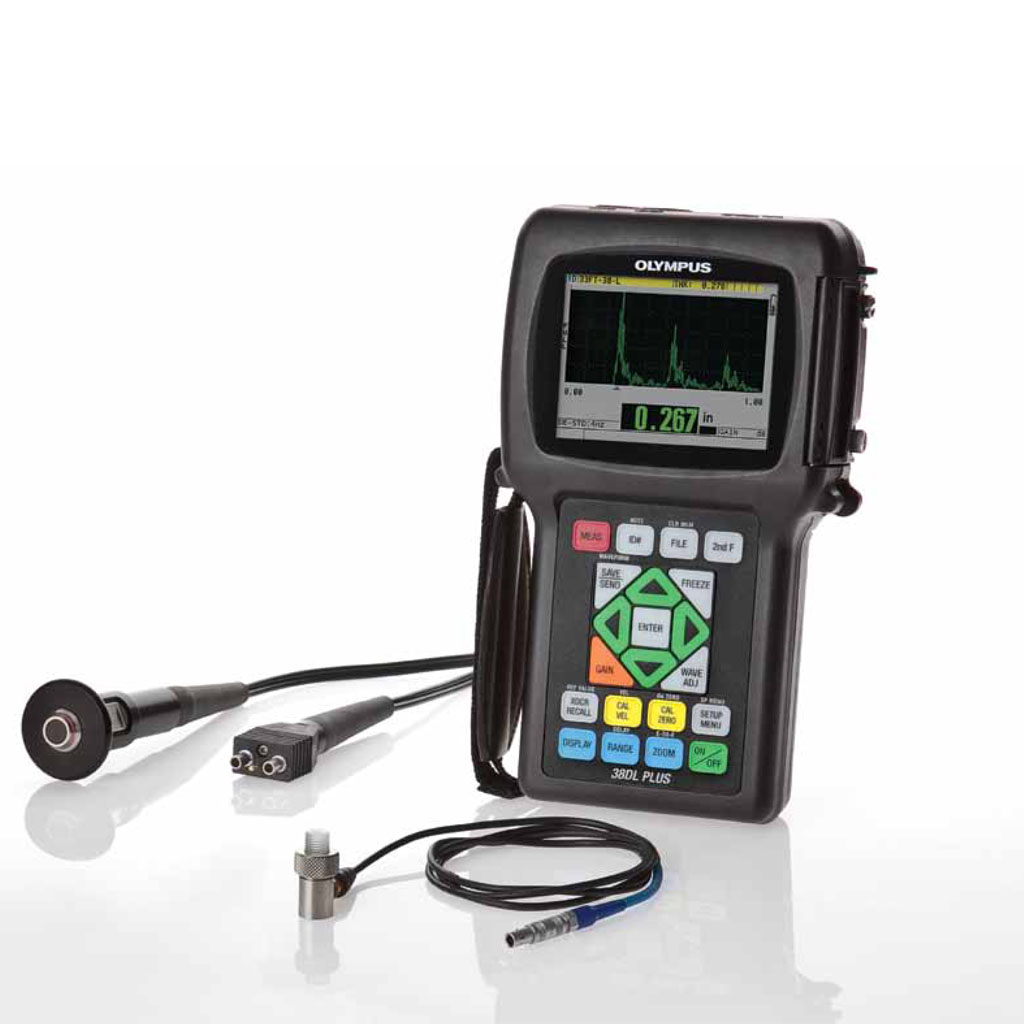Ultrasonic thickness gauging, also known as ultrasonic thickness testing (UTT), is a non-destructive testing technique used to measure the thickness of a material from one side. It’s particularly valuable for determining the thickness of a material that may be difficult to access from both sides, such as pipes, vessels, or other structural components.
Here’s how it generally works:
1. Principle: Ultrasonic thickness gauging utilizes the principle of ultrasound. Ultrasound waves are sent through the material, and the time it takes for the waves to travel through the material and return is used to calculate the thickness.
2. Transducer: A transducer is used to generate ultrasonic waves. It emits a pulse of ultrasound that penetrates into the material.
3. Echo and Reception: The ultrasound waves hit the back surface of the material or a boundary with a different material, creating an echo. The same transducer or a separate one then receives this echo.
4. Calculation: The time it takes for the ultrasound pulse to travel to the back surface and return is measured. From this, the thickness of the material can be calculated using the speed of sound in the material.
5. Display and Analysis: The thickness measurement is typically displayed on a digital screen and can be recorded for further analysis and documentation.

Ultrasonic thickness gauging is used in various industries, including manufacturing, aerospace, oil and gas, marine, construction, and more. It helps in monitoring the thickness of critical components to ensure they meet safety and performance standards, detect corrosion, erosion, or thinning of materials, and plan for maintenance or repairs as needed.

